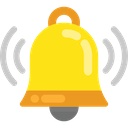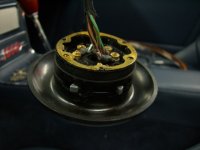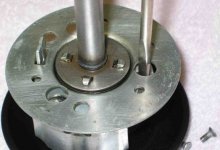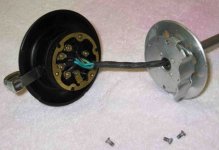pkmh
Jedi Warrior
Offline
Again, I say hello for my next challenge awaits me as follows on my BJ8…
Today, I was successful in part anyway, in removing my ‘adjustable type’ Steering Control Head assembly from the driver side interior.
FWIW, there are a number of reasons why I want to do this, besides just becoming familiar and performing some first time inspection and required cleaning.
A. Signals fail to work, even after replacing a total of two new flasher units (short burning them out) and installing the appropriate type signal bulbs. So naturally, I want to inspect the mechanics and wiring setup as well as clean and refurbish all pieces and to see if there is an existing short in this area;
B. I want to remove my existing steering wheel so I can preserve and restore by first strengthening the third points with welded metal plus restore the fractured plastic at these third points. After making some mockups of a composition consisting of pulverized old records (78’s) and mixing with a high strength glue (in lieu of epoxies and admixtures I‘ve been made aware of), the results are a very economical, no residue, solid black finish and which can be further grinded and polished. This is my choice and I will keep all posted, especially its behavior in extreme heat and cold weather.
Back to the issue at hand...
So far, my success has been limited to removing the three grub screws in the steering wheel hub, the horn button, the bakelite molding surround, with all the spring loaded electrical pieces and other bits related to the horn and signals. I have taken record photos of every process leading up to the second ‘bakelite’ fitting behind or what I believe to be sitting in front of the [shorter] stator tube beyond.
Assuming that is true (according to Haynes anyway, #5 of the instructions, page 170), they say to withdraw the [horn/signal] quadrant together with the shorter stator tube and cables.
I have paused in doing this step for as I pull on the steering wheel and or the remaining quadrant, I am experiencing resistance even though I am able to see wires moving a little bit behind this horn/signal quadrant.
So I am now wondering what I need to do as a next step to succeed in removing this remaining quadrant. My one thought is I have to disconnect the cables below the longer stator tube which is accessible from underneath the car. Am I correct to make this assumption?
I also remember somebody here posting step by step photos in the removal process quite sometime ago. The one thing I noticed from the work I’ve done so far is the need to realign the long screw type openings found in both bakelite parts when reassembling. I hope those who have completely rebuilt theirs knows what I am referring to.
Any further tips, I would appreciate greatly.
Thanks so much!
Paul
Today, I was successful in part anyway, in removing my ‘adjustable type’ Steering Control Head assembly from the driver side interior.
FWIW, there are a number of reasons why I want to do this, besides just becoming familiar and performing some first time inspection and required cleaning.
A. Signals fail to work, even after replacing a total of two new flasher units (short burning them out) and installing the appropriate type signal bulbs. So naturally, I want to inspect the mechanics and wiring setup as well as clean and refurbish all pieces and to see if there is an existing short in this area;
B. I want to remove my existing steering wheel so I can preserve and restore by first strengthening the third points with welded metal plus restore the fractured plastic at these third points. After making some mockups of a composition consisting of pulverized old records (78’s) and mixing with a high strength glue (in lieu of epoxies and admixtures I‘ve been made aware of), the results are a very economical, no residue, solid black finish and which can be further grinded and polished. This is my choice and I will keep all posted, especially its behavior in extreme heat and cold weather.
Back to the issue at hand...
So far, my success has been limited to removing the three grub screws in the steering wheel hub, the horn button, the bakelite molding surround, with all the spring loaded electrical pieces and other bits related to the horn and signals. I have taken record photos of every process leading up to the second ‘bakelite’ fitting behind or what I believe to be sitting in front of the [shorter] stator tube beyond.
Assuming that is true (according to Haynes anyway, #5 of the instructions, page 170), they say to withdraw the [horn/signal] quadrant together with the shorter stator tube and cables.
I have paused in doing this step for as I pull on the steering wheel and or the remaining quadrant, I am experiencing resistance even though I am able to see wires moving a little bit behind this horn/signal quadrant.
So I am now wondering what I need to do as a next step to succeed in removing this remaining quadrant. My one thought is I have to disconnect the cables below the longer stator tube which is accessible from underneath the car. Am I correct to make this assumption?
I also remember somebody here posting step by step photos in the removal process quite sometime ago. The one thing I noticed from the work I’ve done so far is the need to realign the long screw type openings found in both bakelite parts when reassembling. I hope those who have completely rebuilt theirs knows what I am referring to.
Any further tips, I would appreciate greatly.
Thanks so much!
Paul

 Hi Guest!
Hi Guest!
 smilie in place of the real @
smilie in place of the real @
 Pretty Please - add it to our Events forum(s) and add to the calendar! >>
Pretty Please - add it to our Events forum(s) and add to the calendar! >> 




